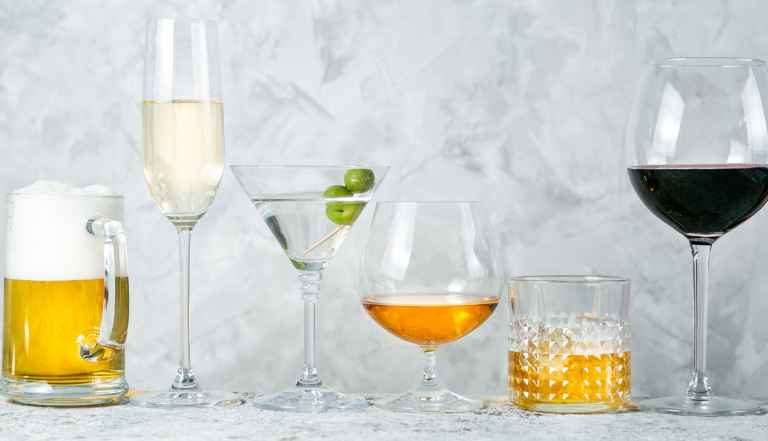In 2021, IWSR Drinks Market Analysis, predicted that by 2024, the low and no-alcohol drinks market would have grown by 31%. The study focused on 10 key markets: Australia, Brazil, Canada, France, Germany, Japan, South Africa, Spain, the UK and the US. Over the last few years, the Committee of Advertising Practice (“CAP”) and the Broadcast Committee of Advertising Practice (“BCAP”) has reviewed some of its rules surrounding the advertisement of low-alcohol products. The CAP is a body that creates, amends and enforces non-broadcast advertising and direct and promotional marketing and the BCAP covers broadcasting.
The CAP code splits beverages into the following three categories:
- ‘Alcoholic Drinks’ – beverages containing more than 0.5% alcohol by volume (“ABV”);
- ‘Low-alcohol Drinks’ – beverages containing more than 0.5% ABV and up to and including 1.2% ABV;
- ‘Alcohol Alternatives’ - beverages containing 0.5% ABV or less.
In the UK there are rules that govern marketing communications for Alcoholic Drinks. Among other things, the rules state that content for Alcoholic Drinks should not imply, condone or encourage immoderate, irresponsible or anti-social drinking.
By way of example, in October 2022, the Advertising Standards Authority (“ASA”), the UK’s independent advertising regulator, found that one of Bill’s Restaurants Ltd’s advertisements had breached the CAP Code. Bill’s Soho’s ad used the phrase “a lovely glass (or several) of prosecco” within the context of the offer’s 90 minute duration; this was found to encourage excessive drinking. Further details can be found in Marks & Clerk LLP’s Scottish food and drink publication, “Scran & sIPs”.
Prior to May 2022, in order to ensure the responsible marketing of Alcoholic Drinks, the CAP Code had fairly stringent restrictions concerning the marketing of the amount of ABV in both Alcoholic Drinks and Low-alcohol Drinks. Certain communications could only factually state the amount of ABV in Alcoholic Drinks and Low-alcohol Drinks and no ‘preference claims’ could be made.
Since no preference claims could be made by marketers, any statements seeking to promote Low-alcohol Drinks on the basis that they had a lower level of ABV when compared with Alcoholic Drinks were not permitted. In practice, this prohibited marketers from suggesting that consumers who enjoyed their Alcoholic Drinks range may like to switch to a low alcohol version in order to cut down their intake of alcohol, since the communication combined a reference to Alcoholic Drinks and made the ABV a reason to purchase the low value product, which constituted a contravention of the rule.
The work of CAP and BCAP relating to the marketing and promotion of Low-alcoholic Drinks is ongoing. For example, one of the factors under consideration in a consultation that took place between February and July 2022, was the depiction of pregnancy in ads for Low-alcohol Drinks and Alcohol Alternatives. The proposals are due to be finalised in Q1 of 2023, and it will be interesting to see if there will be further divergence between the promotion of Low-alcohol Drinks and Alcoholic Drinks in the future.



